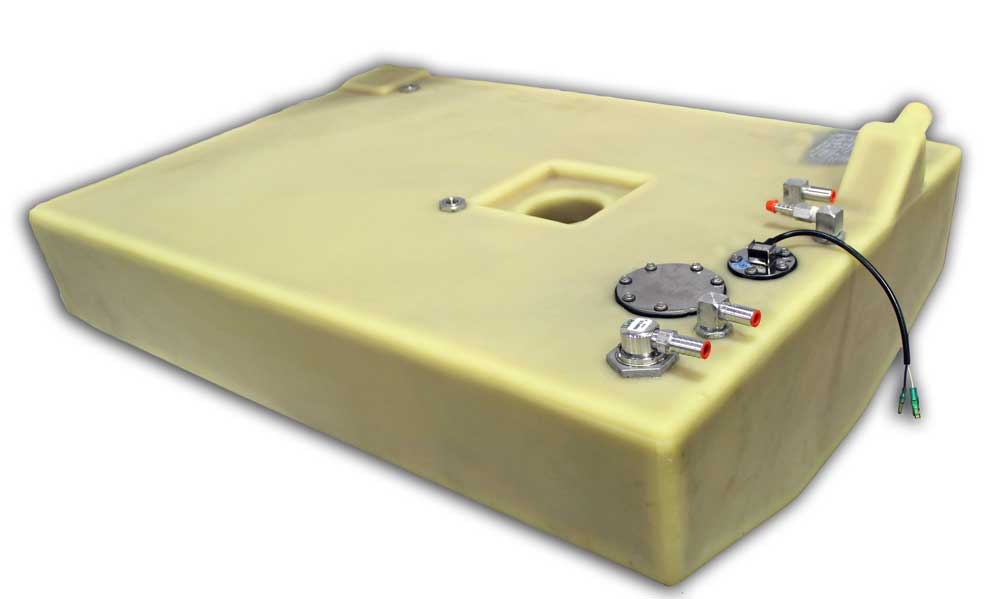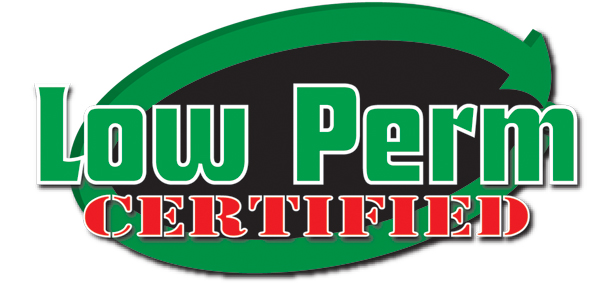Low Permeation
Hydrocarbons that are released by gasoline in a plastic fuel tank and hoses permeate (penetrate) through the wall into the atmosphere. The 2011 regulations set a maximum permeation rate for fuel tanks and hoses. To meet the new permeation standards, Moeller designed a tank with two-layer construction.


Using recent advances in nanotechnology, and borrowing design strategies from the automotive industry, Moeller engineers developed two distinct approaches to barrier technology.
We manufacture portable tanks from nano-particle–infused high density polyethylene to prevent the escape of hydrocarbons at the molecular level. For permanent and topside tanks, we designed a two-layer tank, with cross-linked polyethylene on the outside, and an inner layer of nylon. Since 2009, Moeller has sold more than 230,000 barrier tanks.
